Details of the Target
General Information of Target
Target Site Mutations in Different Cell Lines
Probe(s) Labeling This Target
ABPP Probe
| Probe name | Structure | Binding Site(Ratio) | Interaction ID | Ref | |
|---|---|---|---|---|---|
|
CY4 Probe Info |
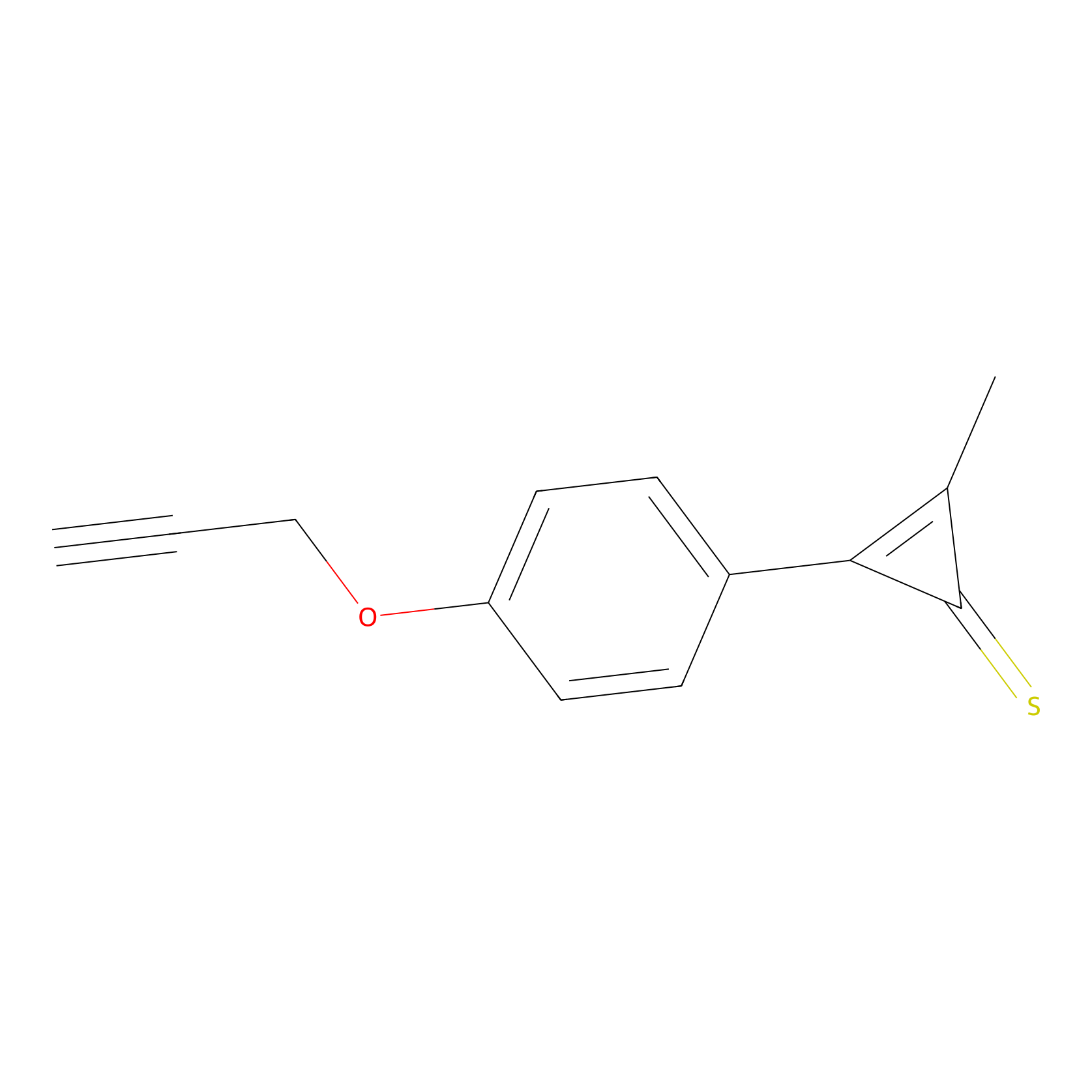 |
100.00 | LDD0244 | [1] | |
|
TH211 Probe Info |
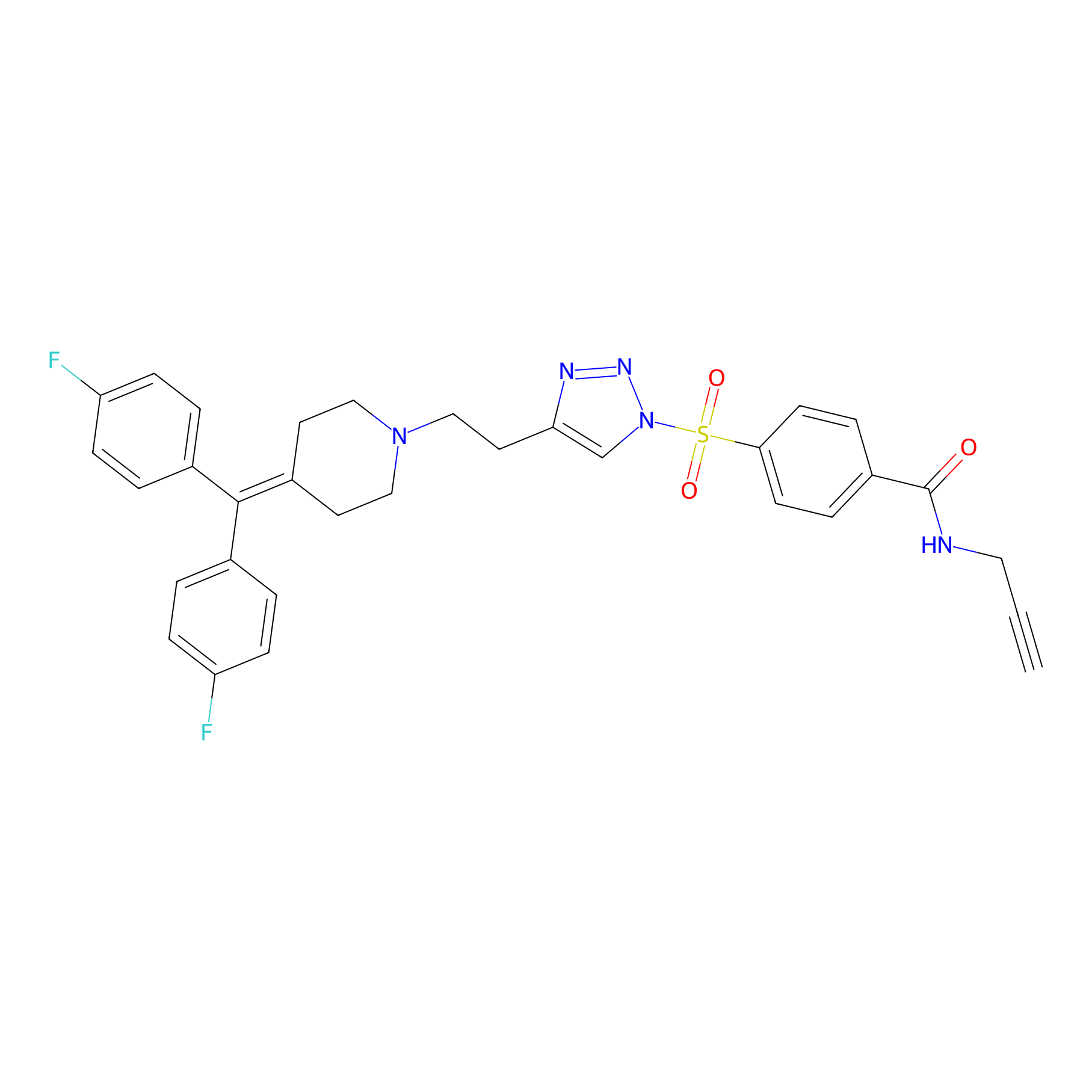 |
Y62(20.00); Y197(5.53) | LDD0260 | [2] | |
|
STPyne Probe Info |
 |
K211(0.89) | LDD0277 | [3] | |
|
Probe 1 Probe Info |
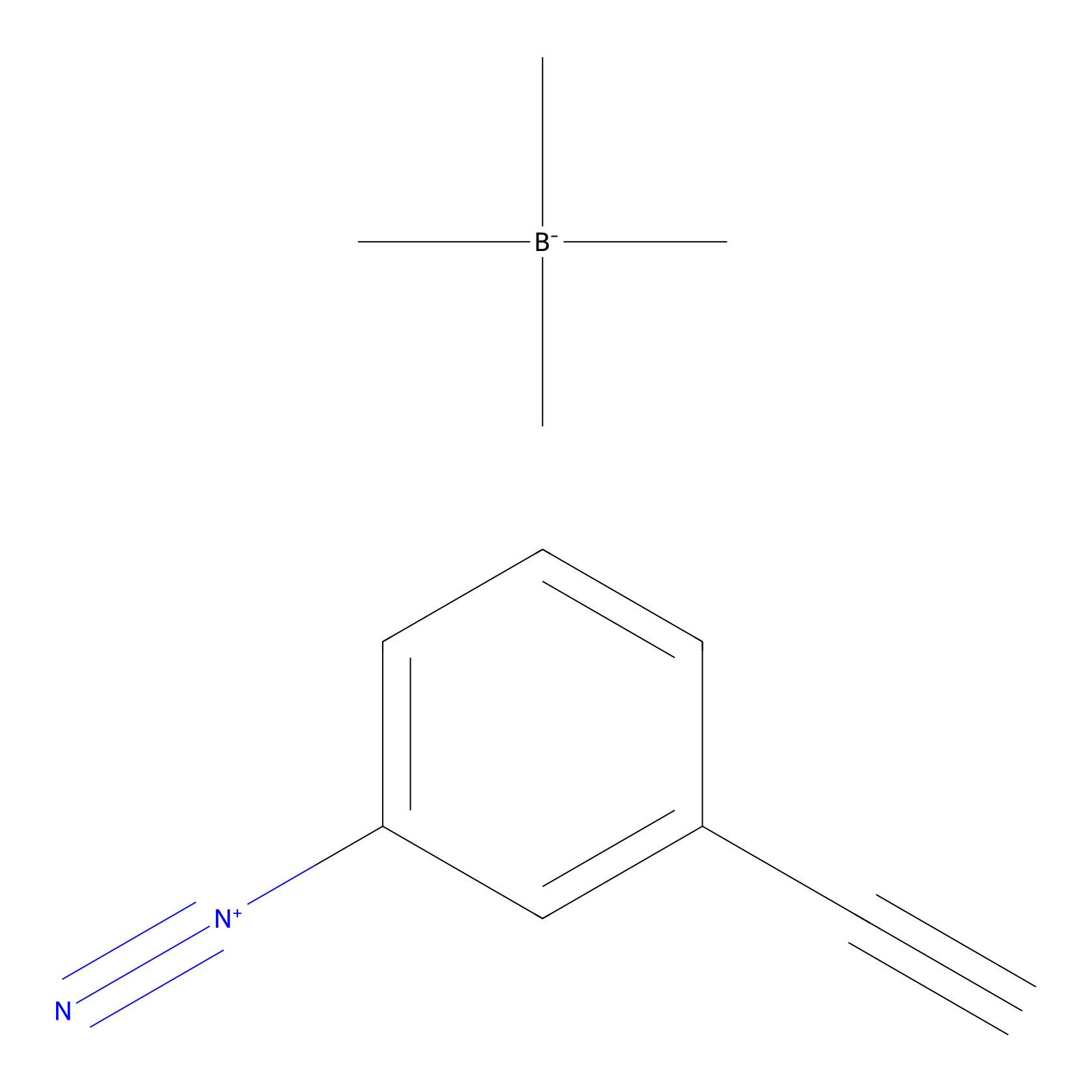 |
Y41(17.98) | LDD3495 | [4] | |
|
BTD Probe Info |
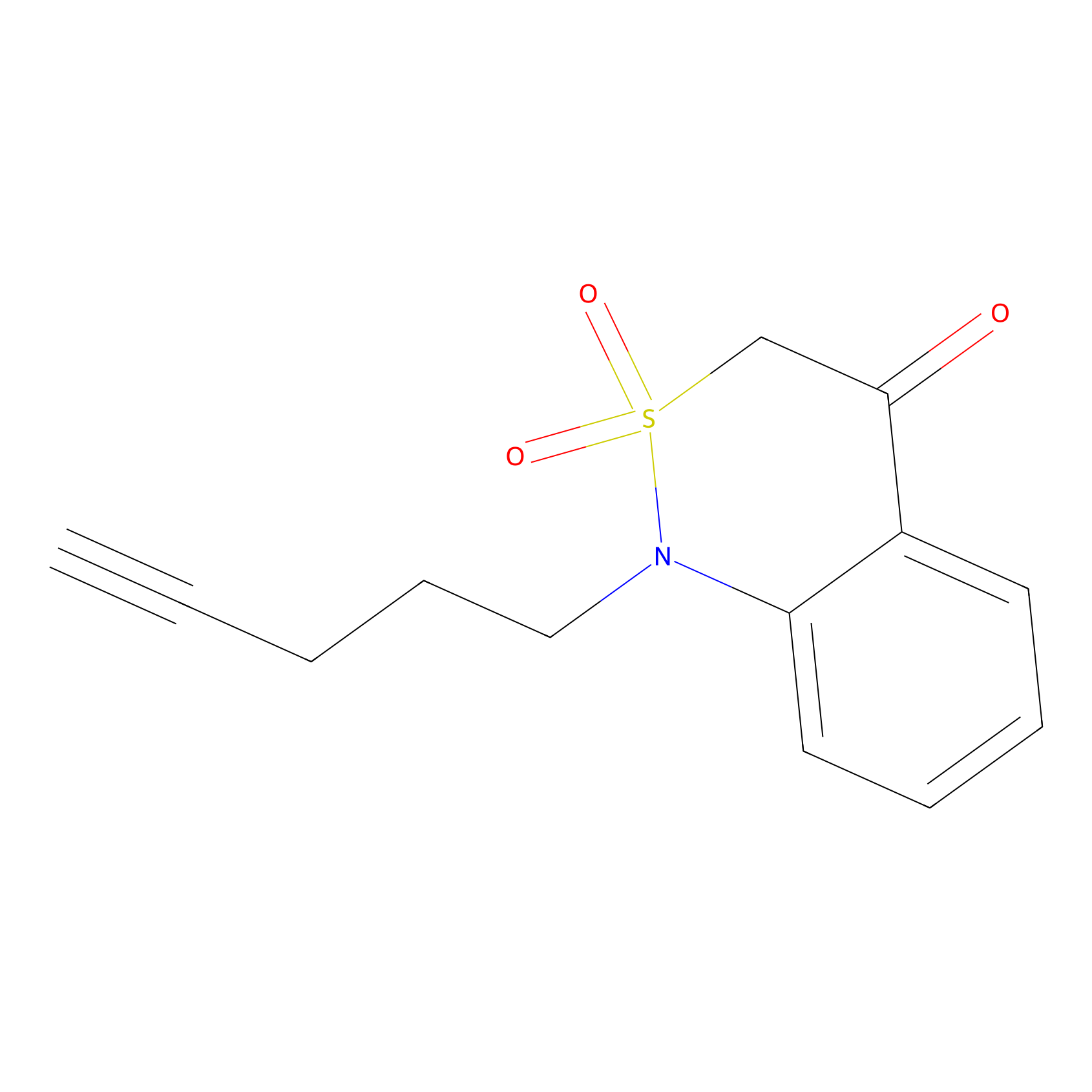 |
C174(0.49) | LDD2104 | [5] | |
|
Jackson_1 Probe Info |
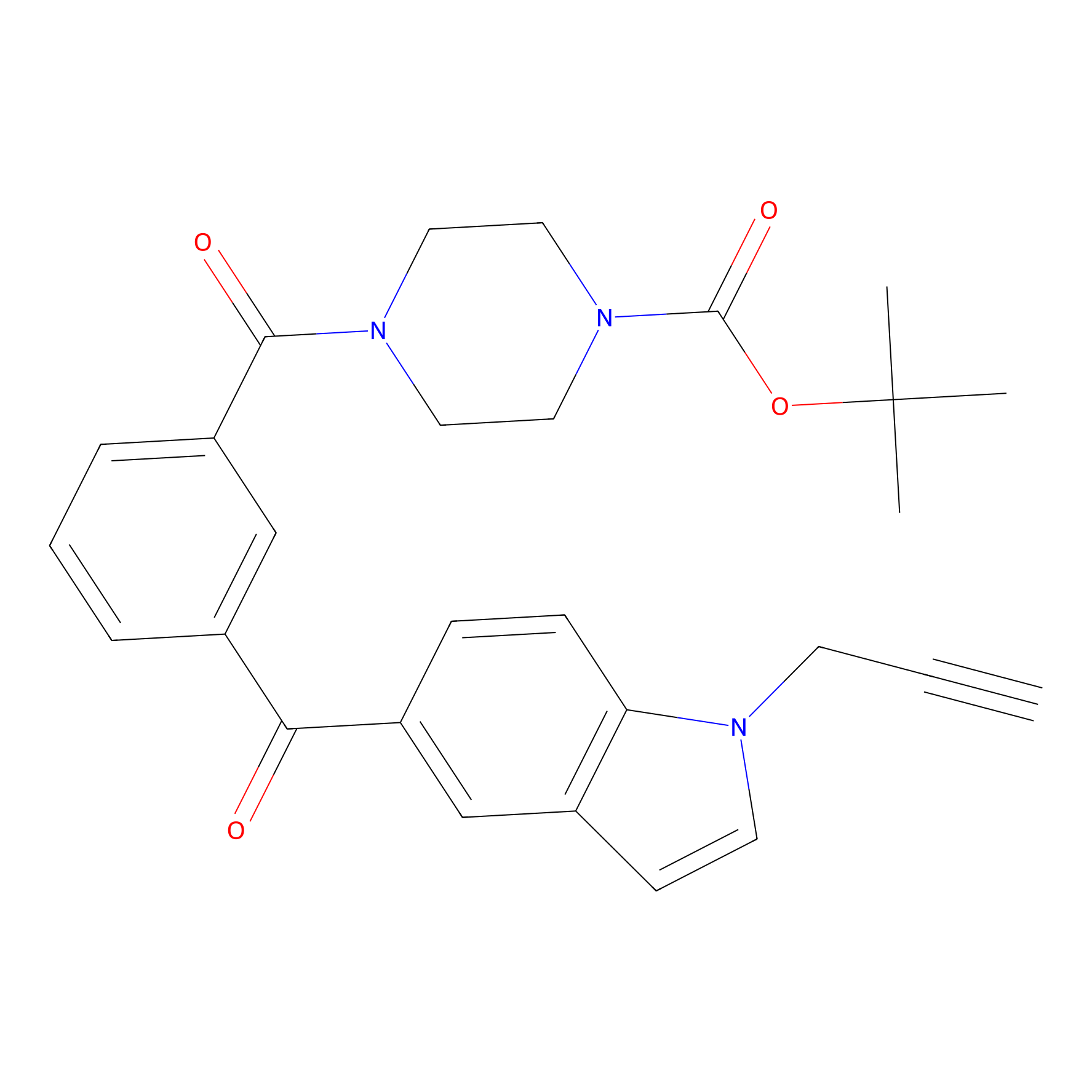 |
3.33 | LDD0120 | [6] | |
|
IPM Probe Info |
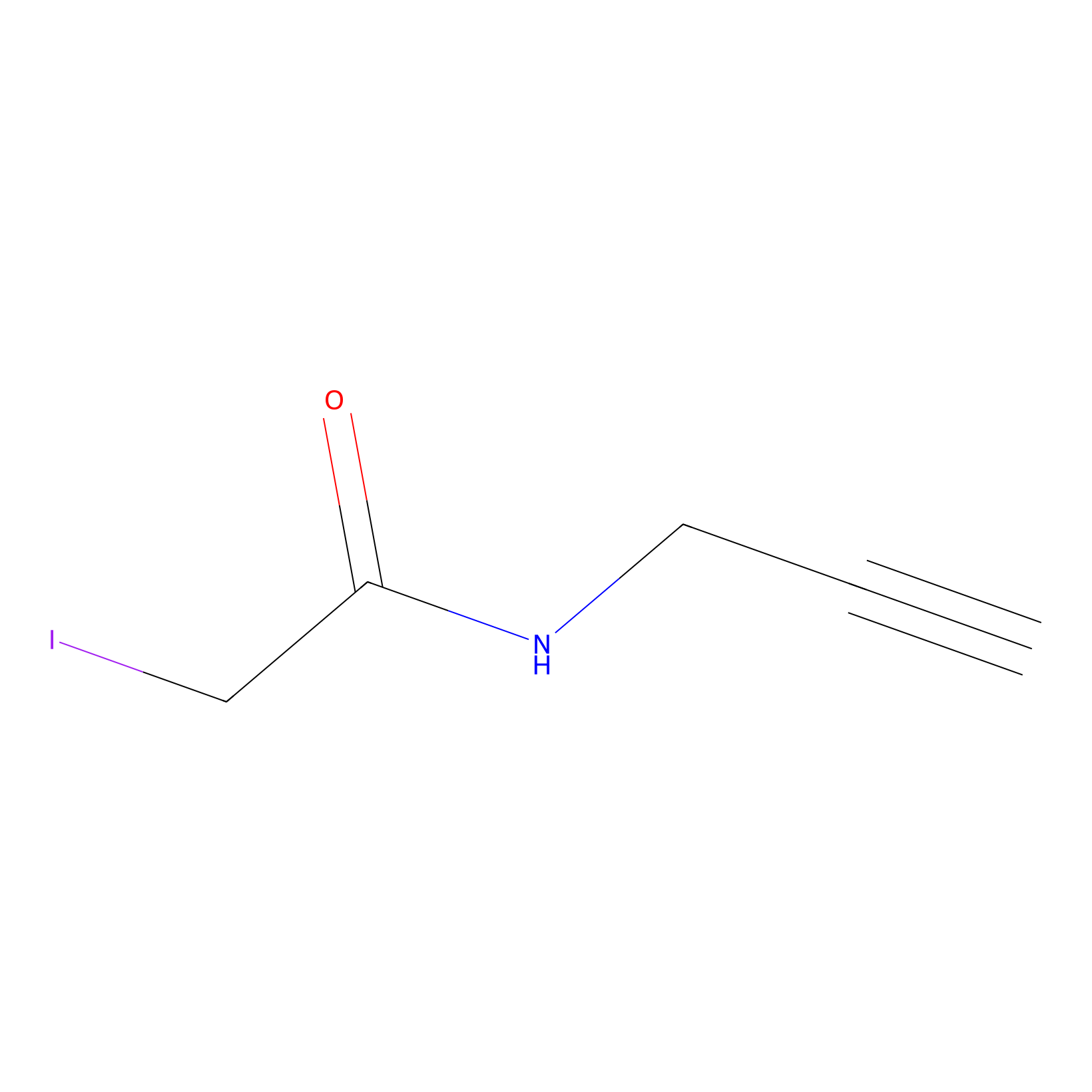 |
C174(6.61) | LDD1702 | [5] | |
|
4-Iodoacetamidophenylacetylene Probe Info |
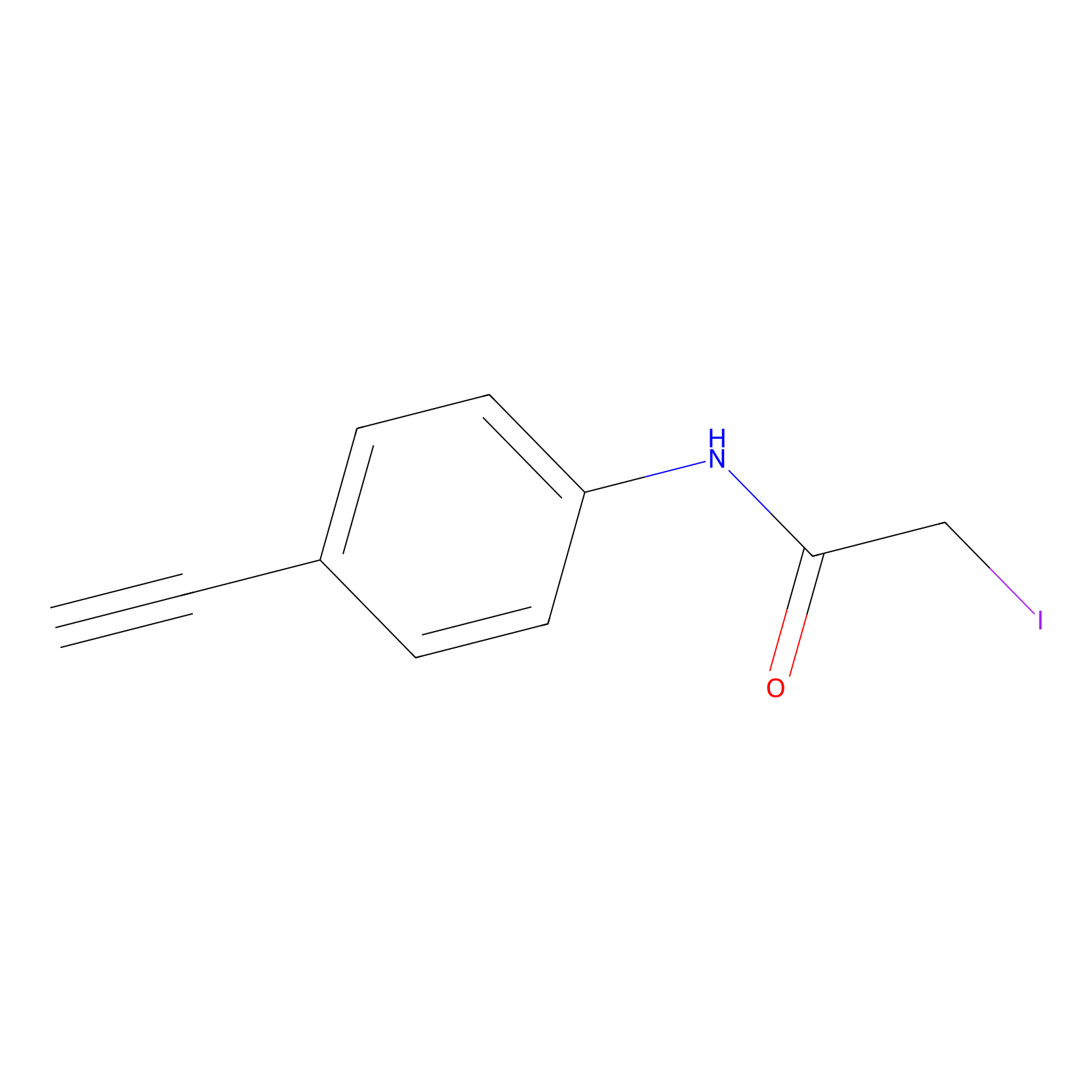 |
C174(0.00); C87(0.00); C78(0.00) | LDD0038 | [7] | |
|
IA-alkyne Probe Info |
 |
C174(0.00); C87(0.00); C78(0.00); C115(0.00) | LDD0036 | [7] | |
|
IPIAA_L Probe Info |
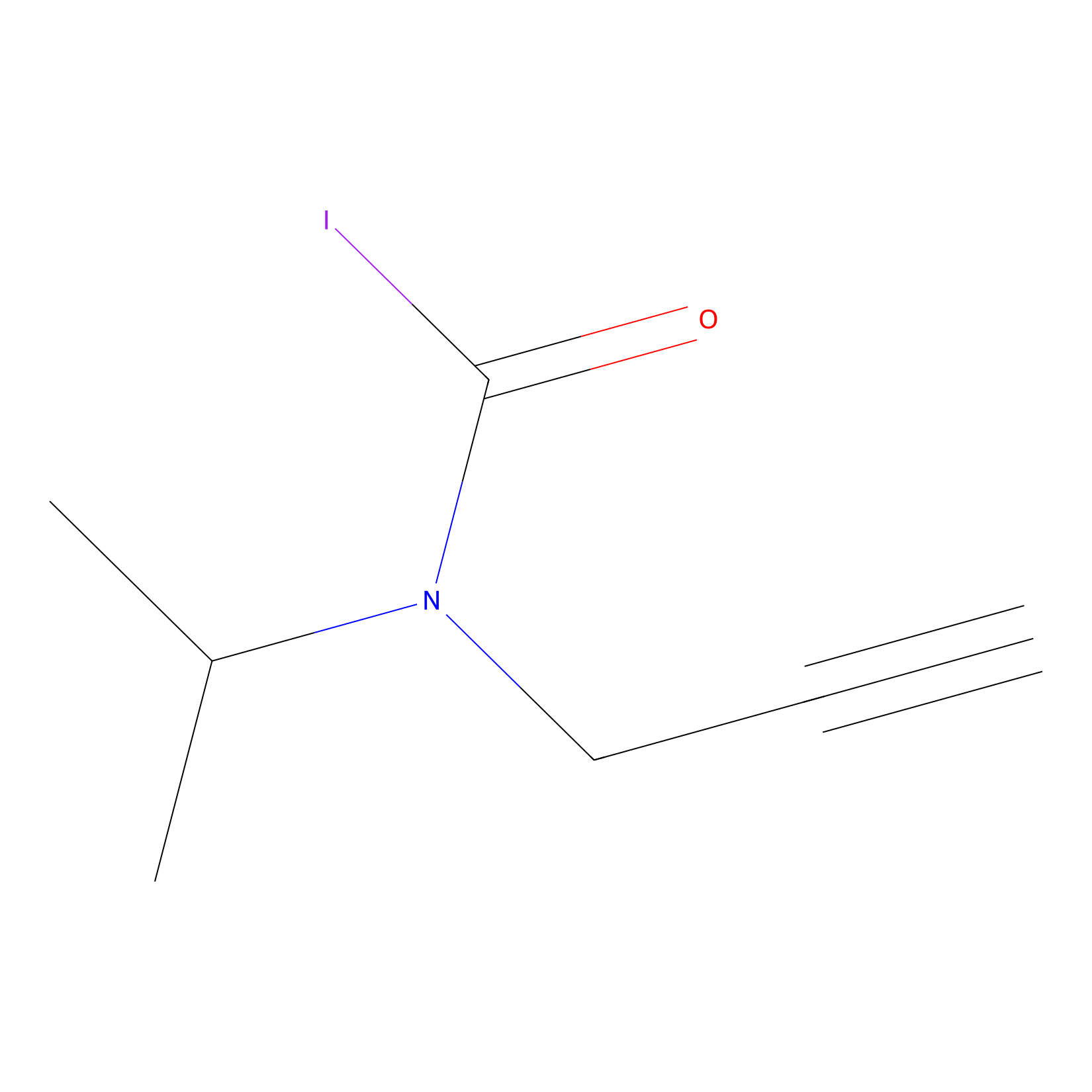 |
N.A. | LDD0031 | [8] | |
|
Lodoacetamide azide Probe Info |
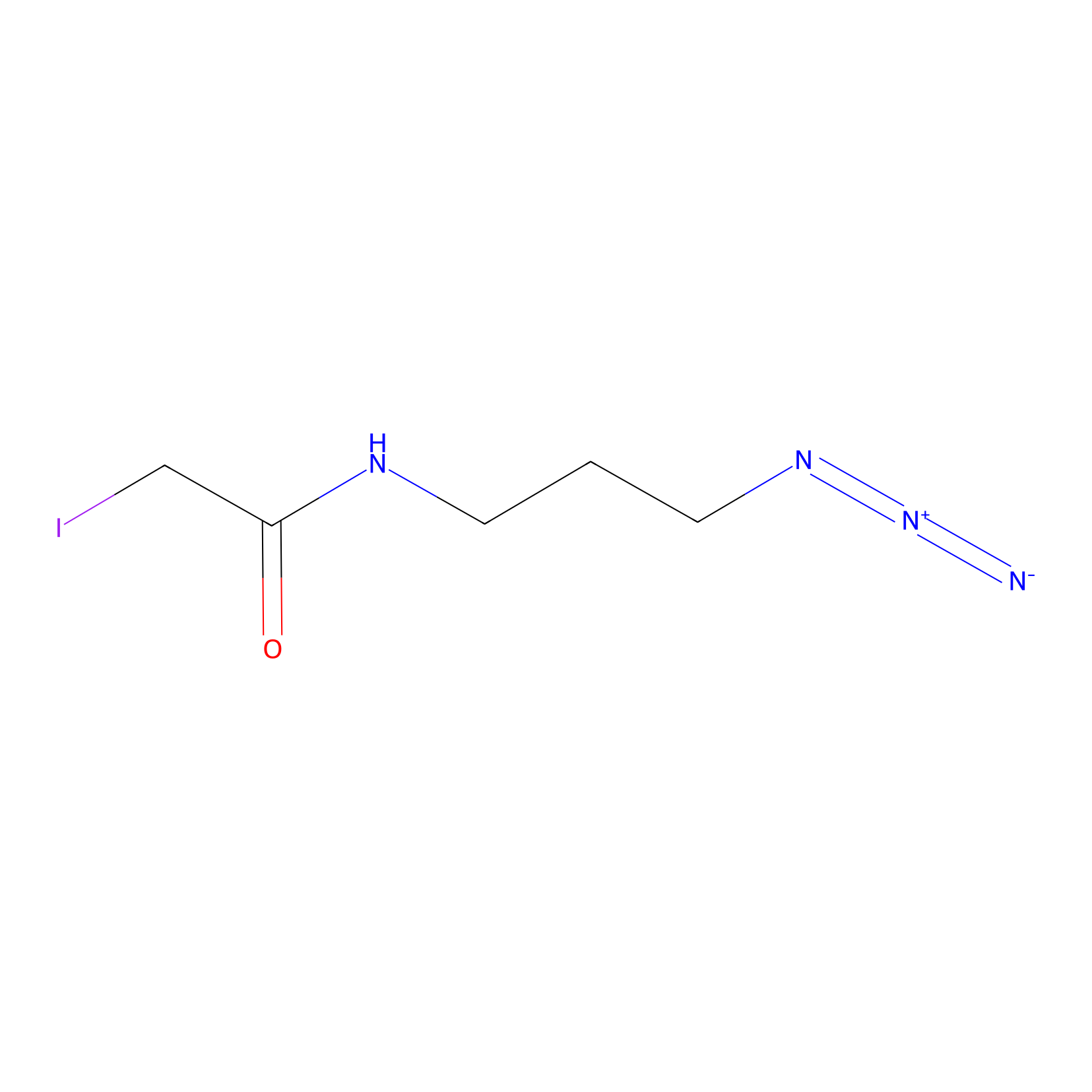 |
C115(0.00); C78(0.00); C174(0.00); C87(0.00) | LDD0037 | [7] | |
|
NAIA_5 Probe Info |
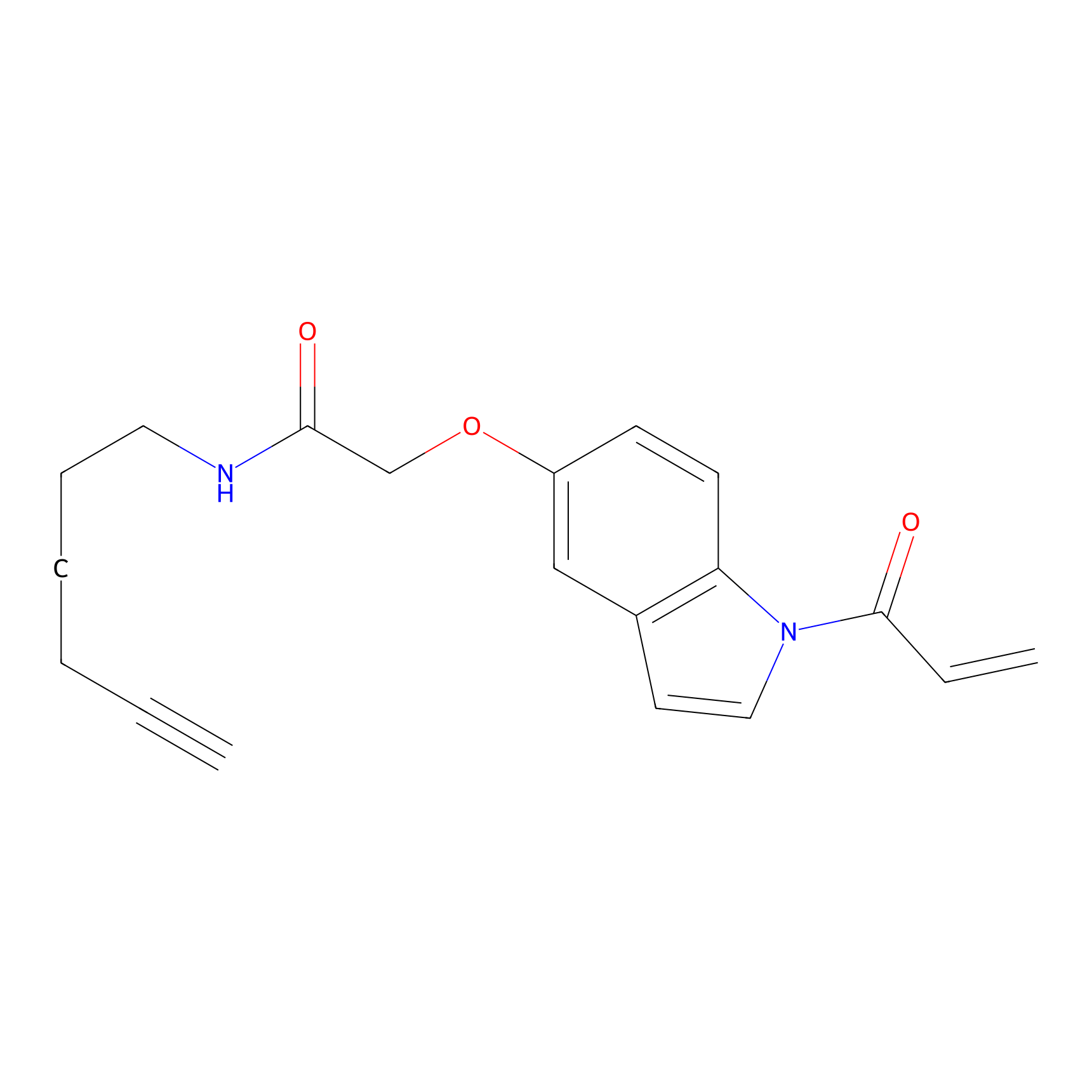 |
C87(0.00); C78(0.00) | LDD2223 | [9] | |
Competitor(s) Related to This Target
| Competitor ID | Name | Cell line | Binding Site(Ratio) | Interaction ID | Ref |
|---|---|---|---|---|---|
| LDCM0070 | Cisar_cp37 | MDA-MB-231 | 3.33 | LDD0120 | [6] |
| LDCM0213 | Electrophilic fragment 2 | MDA-MB-231 | C174(6.61) | LDD1702 | [5] |
| LDCM0511 | Nucleophilic fragment 18b | MDA-MB-231 | C174(0.49) | LDD2104 | [5] |
| LDCM0521 | Nucleophilic fragment 23b | MDA-MB-231 | C174(0.32) | LDD2114 | [5] |
The Interaction Atlas With This Target
The Drug(s) Related To This Target
Approved
Investigative
References
